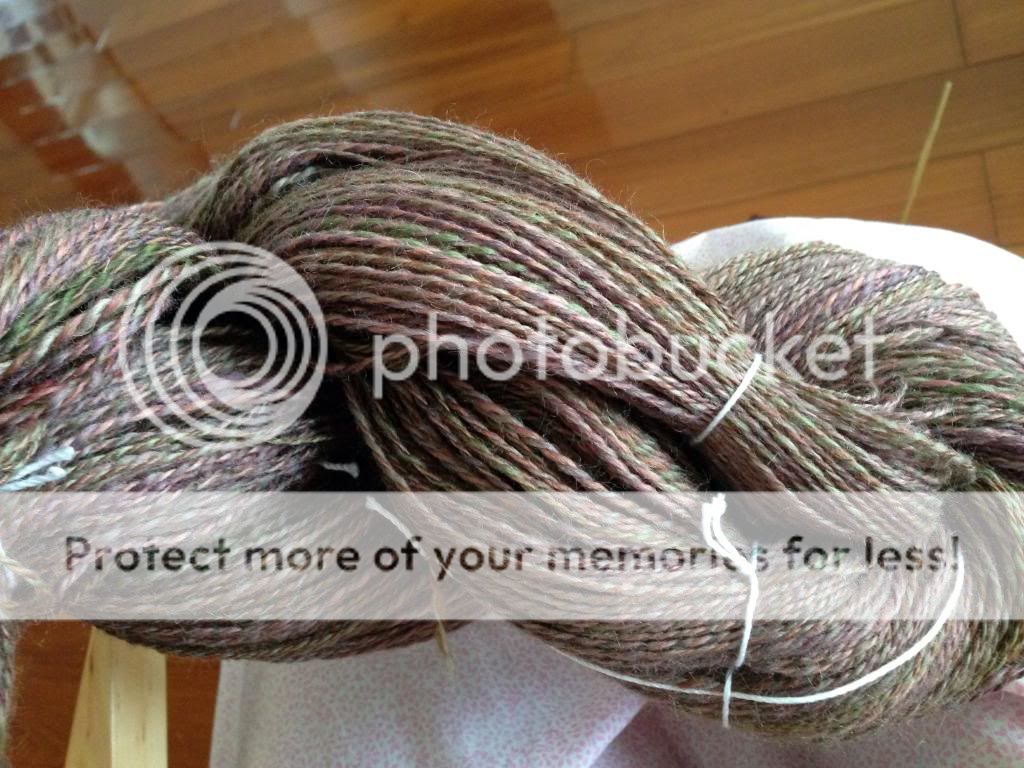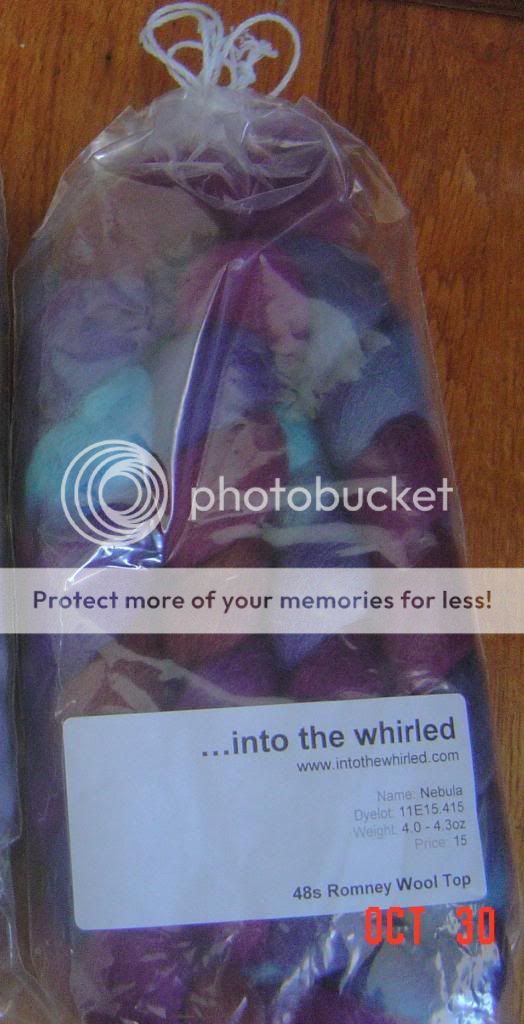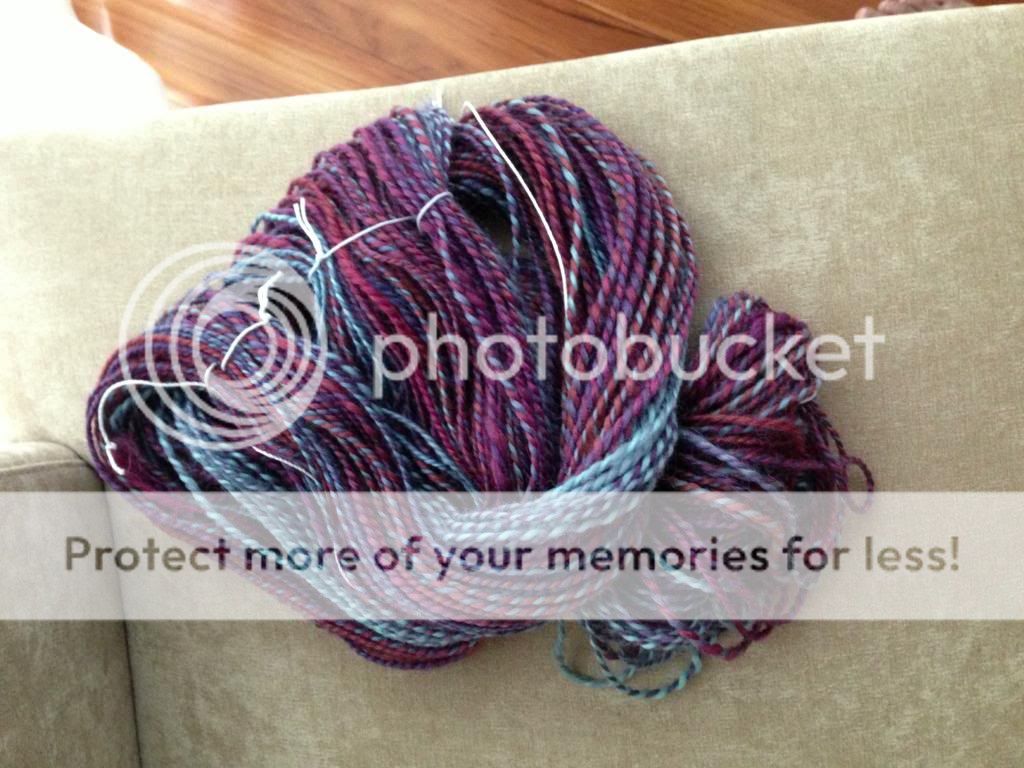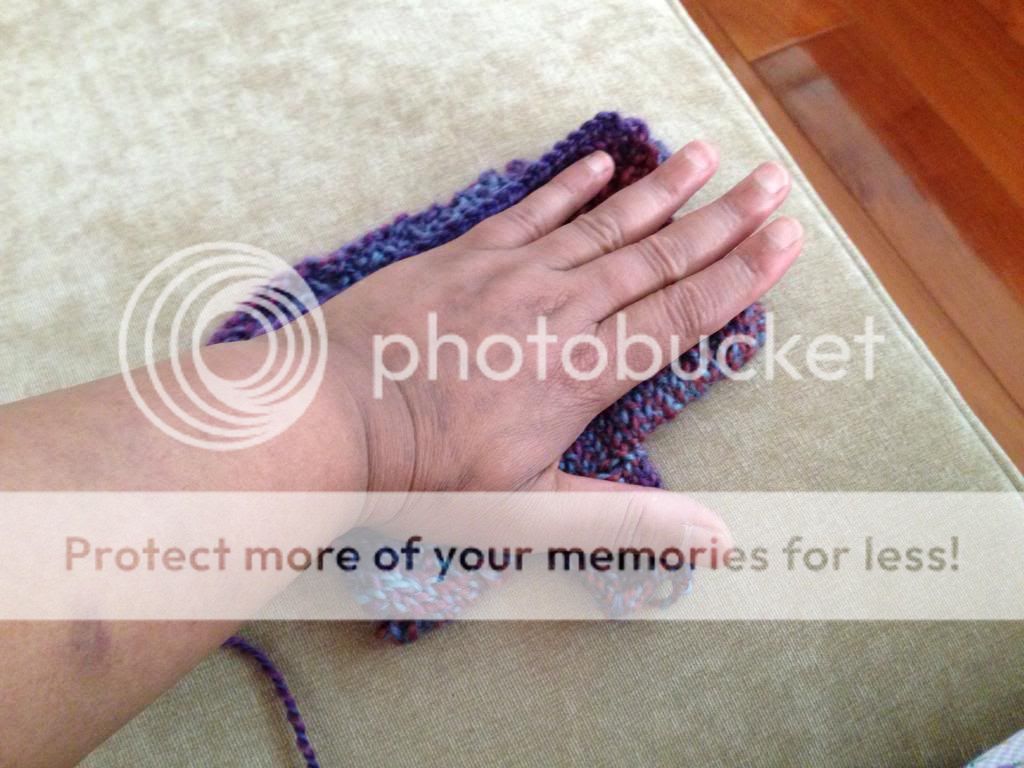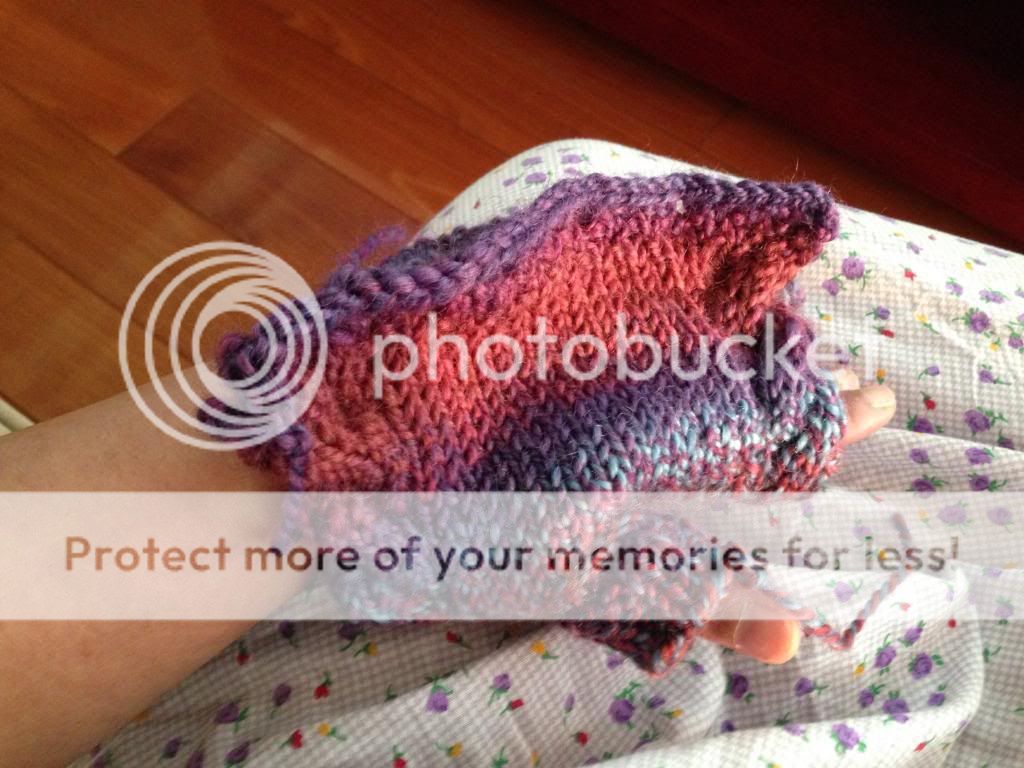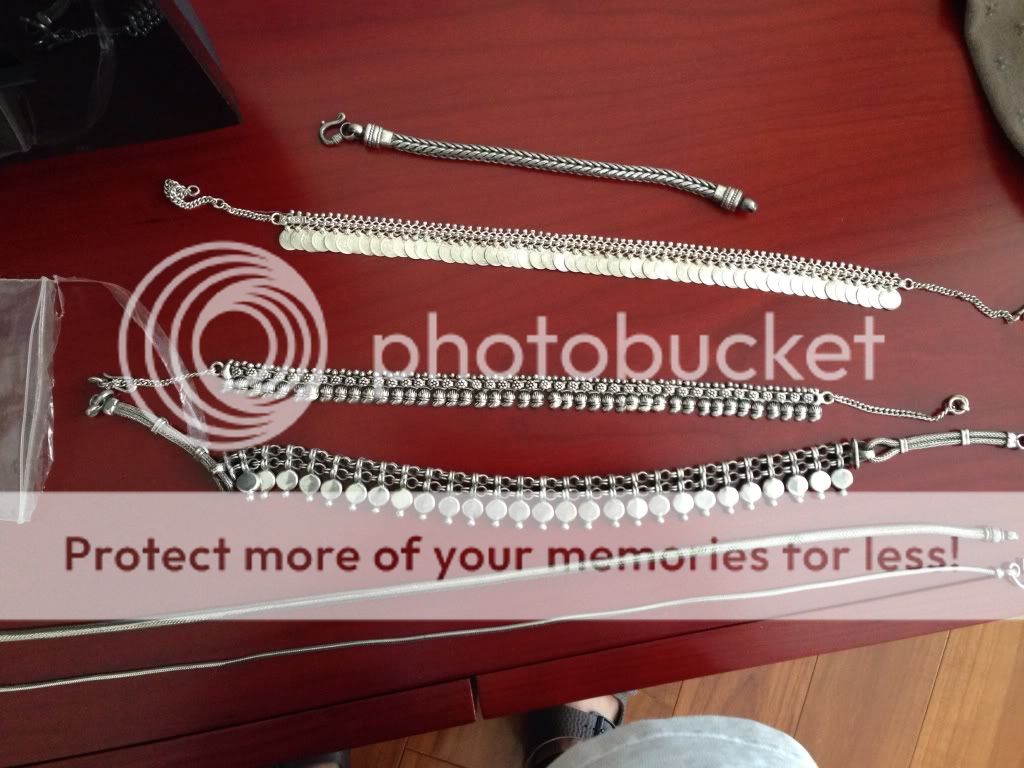Last weekend was Rhinebeck and I wasn't there! I felt very sorry for myself because it is one of the weekends when I get to meet friends from far and near and soak up the fumes of fiber.
So I created my own Rhinebeck. I pulled out tools and fibers from people I loved and that I usually meet at Rhinebeck and played with them.
First of all, I wound off the Briar Rose BFL I had spun and plied and finished it. I am very pleased with the results.
I have two skeins. One is big and one is small. The big one is in the lower picture. The top picture is both the skeins next to each other. I have over 900 yds and hope it will be enough for a Featherweight cardi. While I did it, I remembered hanging out with Chris Roosier of Briar Rose.
I didn't actually spin on the Hansen but I did take it out to wind off the skeins since one of the bobbins was on the Hansen. So I touched it and thought of the Hansens.
Then I took out my support spindle and finished spinning a single of the Ferndale Fibers Pot O' Gold roving. I moved on to the second single on my new-to-me Enid Ashcroft Tibetan.
And I used my Jennie the Potter spider bowl. I usually help Jennie out on Saturday morning so I thought of the fun times that I've had over the years at her booth.
I couldn't think of anything to do to celebrate my other friends - Sheila Ernst and Lisa Souza so I just thought of them.
And remember this?
The Corgi Hill Farm fiber that I've been plying for ages? Well, I pulled it out and determined to ply for at least 30 mins every day. This is the state of it at the end of today's session. It is a very slow process as the Swan spins long but slow due to the weight of the cop on it. But I'm getting there. There is a core of other fiber inside that plying ball so I don't think I have that much to go. But I won't know till I get there. In the process, I worked with two more favorite vendors - Corgi Hill Farm and the Jenkins' Turkish spindles. Neither are Rhinebeck vendors but so what? They are chock full of fiber fumes.
I didn't do anything with Fiber Optic either. I usually visit her booth and Into the Whirled and Handspun by Stefania but I don't know them well enough to call them friends. Given I just finished knitting with fiber from both Fiber Optic and Into the Whirled and I think I am going to spin some roving from Stefania, I have been and will be thinking a lot about them.
And that is the end of my little Rhinebeck. A big hug to everyone who was there. I hope you had a great time. I heard the weather was fabulous. Here's to next year!
So I created my own Rhinebeck. I pulled out tools and fibers from people I loved and that I usually meet at Rhinebeck and played with them.
First of all, I wound off the Briar Rose BFL I had spun and plied and finished it. I am very pleased with the results.
I have two skeins. One is big and one is small. The big one is in the lower picture. The top picture is both the skeins next to each other. I have over 900 yds and hope it will be enough for a Featherweight cardi. While I did it, I remembered hanging out with Chris Roosier of Briar Rose.
I didn't actually spin on the Hansen but I did take it out to wind off the skeins since one of the bobbins was on the Hansen. So I touched it and thought of the Hansens.
Then I took out my support spindle and finished spinning a single of the Ferndale Fibers Pot O' Gold roving. I moved on to the second single on my new-to-me Enid Ashcroft Tibetan.
And I used my Jennie the Potter spider bowl. I usually help Jennie out on Saturday morning so I thought of the fun times that I've had over the years at her booth.
I couldn't think of anything to do to celebrate my other friends - Sheila Ernst and Lisa Souza so I just thought of them.
And remember this?
The Corgi Hill Farm fiber that I've been plying for ages? Well, I pulled it out and determined to ply for at least 30 mins every day. This is the state of it at the end of today's session. It is a very slow process as the Swan spins long but slow due to the weight of the cop on it. But I'm getting there. There is a core of other fiber inside that plying ball so I don't think I have that much to go. But I won't know till I get there. In the process, I worked with two more favorite vendors - Corgi Hill Farm and the Jenkins' Turkish spindles. Neither are Rhinebeck vendors but so what? They are chock full of fiber fumes.
I didn't do anything with Fiber Optic either. I usually visit her booth and Into the Whirled and Handspun by Stefania but I don't know them well enough to call them friends. Given I just finished knitting with fiber from both Fiber Optic and Into the Whirled and I think I am going to spin some roving from Stefania, I have been and will be thinking a lot about them.
And that is the end of my little Rhinebeck. A big hug to everyone who was there. I hope you had a great time. I heard the weather was fabulous. Here's to next year!

